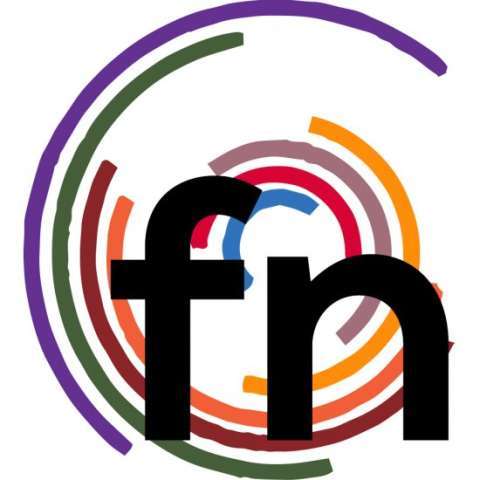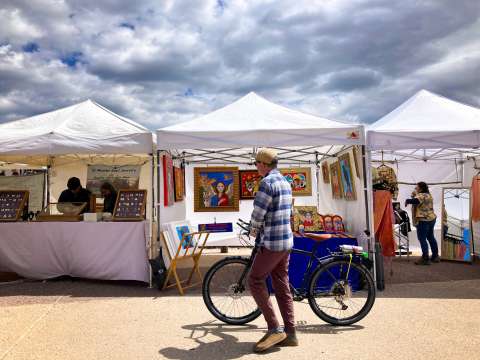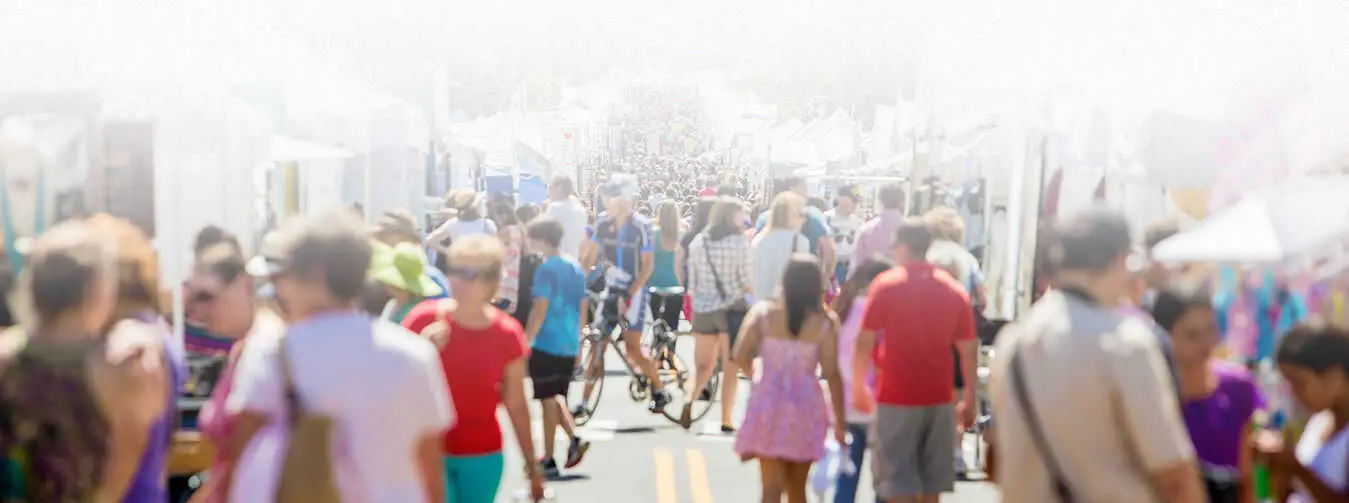Heading to an art fair can stir up a mix of excitement and nerves, especially when it's time to sell. But, with some know-how, you can handle sales and transactions at art fairs like a pro. Whether you're a first-timer or a seasoned artist, mastering the exchange from browser to buyer is crucial. In this post, we'll walk you through the steps to ensure your transactions go smoothly, leaving you to focus on what you do best—showcasing your art. Get ready to learn the ins and outs of handling sales and transactions at art fairs and turn those casual conversations into successful sales.
Preparing for the Sale: Before the Art Fair Begins
Getting ready for an art fair is about more than just packing your artwork. It's about setting the stage for successful sales. As a result, here are some key steps you should take before the fair begins, ensuring you're all set to make a great impression and seal the deal with potential buyers.
Research and Understand Your Audience
Before heading to any art fair, like the popular fall festivals in Delray Beach, research and understand who will be there. What kind of art are they drawn to? Are they seasoned collectors or casual buyers? This insight can guide you in selecting which pieces to display and how to price them.
Set Up a Smooth Payment System
In today’s world, cash isn't king anymore. Make sure you have a variety of payment options available. Whether it's a card reader for credit cards or a mobile payment app, the easier you make it for customers to pay, the better. Test your equipment beforehand to avoid any hiccups during the fair.
Price Your Artwork Wisely
Pricing art can be tricky, but it's important to get it right. Consider the costs of your materials, the time you’ve invested, and the going rates for similar artwork. But also, think about your audience. What price range might be appealing and reasonable for the attendees? In addition, keep your pricing clear and visible to avoid any confusion.
Engaging with Potential Buyers: Communication is Key
At the fair, your words are just as important as your art. Start conversations with a simple "hello" and let your enthusiasm for your work shine through. Be ready to tell the stories behind your pieces—people love to hear about the inspiration and process. But don't just talk; listen. Listening to what visitors say can give you valuable insights into what they're looking for, helping you guide them to pieces they might like. That is an important part of handling sales and transactions at art fairs with finesse.
Reading Customer Cues
Pay attention to how people react to your artwork and your words. Do they seem interested when you talk about a certain piece? Do they step back or lean in? These cues can tell you a lot about their interest level. If someone seems engaged, that's your cue to delve deeper into the piece's details. If they seem hesitant, ask open-ended questions to understand their perspective better and address any concerns.
Follow-Up Strategies
Sometimes, a sale doesn't happen right away. That's okay. Collecting contact information from interested visitors can be a goldmine for future sales. Maybe they'll think it over and decide to buy after the fair. Send a friendly follow-up email or message thanking them for their interest and reminding them of the pieces they liked. This personal touch can make a big difference in boosting sales.
Showcasing Your Work: Presentation Matters
How you display your art can distinguish between catching a buyer's eye and blending into the background. Arrange your pieces at eye level and give each one enough space to shine. Use lighting to highlight your work, highlighting the colors and textures. Think about the journey visitors want to take through your space. A well-thought-out display invites people in and encourages them to stay and explore.
Information Accessibility
Buyers often hesitate to ask about prices or details. Avoid this by having clear, easy-to-read labels for each piece. Include the price, title, medium, and a brief description. If you have a story or inspiration behind the work, share it! People love knowing what drives an artist, which can be a great conversation starter.
Handling Inquiries with Poise
When visitors have questions, answer them confidently and concisely. If someone asks about a technique or material, give them enough information to understand, but avoid getting too technical. One of the common display mistakes to avoid is overcrowding your space with too much text or too many artworks. That can overwhelm visitors and make it hard for individual pieces to stand out.
Closing the Deal: Handling Sales and Transactions at Art Fairs
Negotiating prices is a part of art sales, but it doesn't have to be uncomfortable. Be open to discussions about price, but know the value of your work. If someone offers a lower price, don’t take it personally. Politely explain your pricing or see if a compromise works for both. A no today can be a yes tomorrow, so keep the conversation positive.
Invoicing and Receipts
Once a price is agreed upon, handle the transaction professionally. Use a digital invoicing system to create instant, professional invoices. That makes you look more professional and helps keep your finances organized. Always provide a receipt. It's a record of purchase for both you and the buyer and adds to the buyer's confidence in their purchase.
Sealing the Deal with Grace
When the transaction is complete, thank them genuinely. A pleasant buying experience can turn a one-time buyer into a repeat customer. Offer to wrap the artwork carefully or provide instructions for care if needed. This final interaction is as important as the first impression. It's your chance to leave a lasting mark on your buyers, ensuring they remember you and your art long after the fair ends.
After the Art Fair: Fostering Lasting Connections
Always follow up with your buyers. A simple thank-you message can make a big difference. It shows you value them as customers and supporters of your art. This small gesture can turn a one-time buyer into a loyal fan.
Building a Collector Base
Keep in touch with your buyers and those interested in your work. Update them on your new creations or upcoming fairs. Remember to mention similar new pieces if someone is interested in a certain style or theme. Personalized updates make people feel special and keep your art in their minds.
Gathering Feedback
Feedback is a gift. Reach out to people who visited your booth and ask for their thoughts. What did they like? What could be improved? This information is gold. It helps you understand your audience better and refine your approach for future fairs. Plus, it shows you're committed to growth and value their opinions.
Seal the Deal with Confidence
Handling sales and transactions at art fairs with finesse is key to maximizing your experience. Applying the tips shared here, you'll be well-equipped to interact with buyers confidently, manage transactions smoothly, and maybe even see them return as loyal collectors. So, take a deep breath, let your art shine, and sell it with the grace it deserves.



